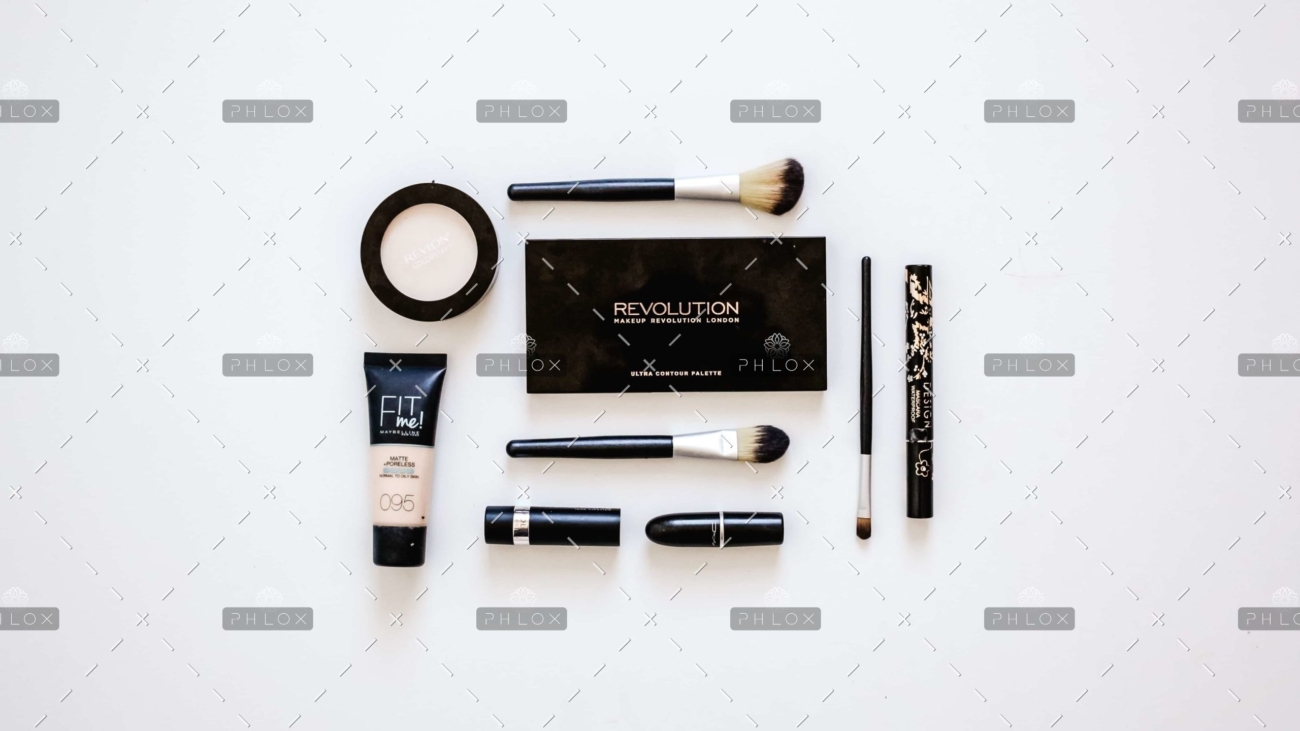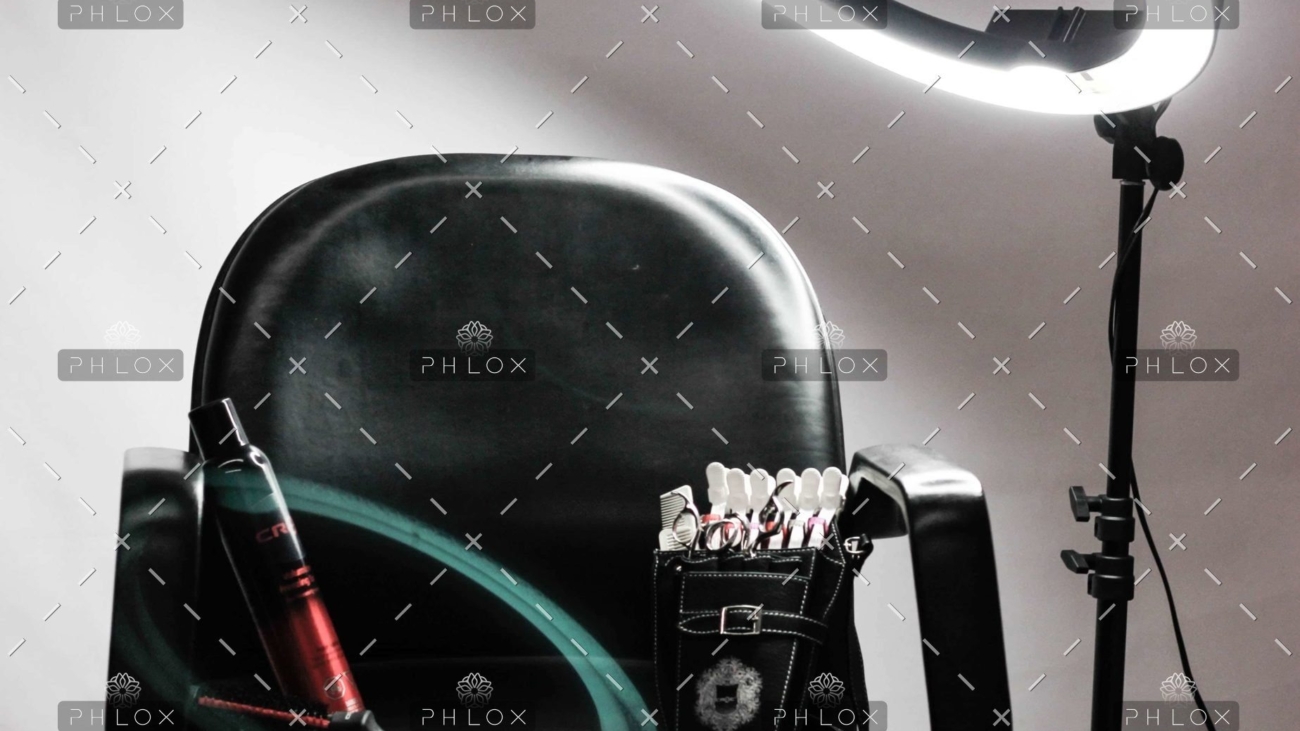What is aromatherapy?
Aromatherapy is the use of essential oils from plants to improve the mind, body, and spirit. It is used by patients with cancer to improve quality of life and reduce stress, anxiety, pain, nausea, and vomiting caused by cancer and its treatment. Aromatherapy may be used with other complementary treatments like massage therapy and acupuncture, as well as with standard medical treatments, for symptom management.Essential oils are the fragrant (aromatic) part found in many plants, often under the surface of leaves, bark, or peel. The fragrance is released if the plant is crushed or a special steam process is used.
There are many essential oils used in aromatherapy, including those from Roman chamomile, geranium, lavender, tea tree, lemon, ginger, cedarwood, and bergamot. Each plant’s essential oil has a different chemical make-up that affects how it smells, how it is absorbed, and how it affects the body.Essential oils are very concentrated. For example, it takes about 220 pounds of lavender flowers to make about 1 pound of essential oil. The aroma of essential oils fades away quickly when left open to air.
How is aromatherapy given or taken?
- Indirect inhalation: The patient breathes in an essential oil by using a room diffuser, which spreads the essential oil through the air, or by placing drops on a tissue or piece of cotton nearby.
- Direct inhalation: The patient breathes in an essential oil by using an individual inhaler made by floating essential oil drops on top of hot water.
- Massage: In aromatherapy massage, one or more essential oils is diluted into a carrier oil and massaged into the skin.
Essential oils may also be mixed with bath salts and lotions or applied to bandages.There are some essential oils used to treat specific conditions. However, the types of essential oils used and the ways they are combined vary, depending on the experience and training of the aromatherapist.In laboratory studies, tumor cells are used to test a substance to find out if it is likely to have any anticancer effects. In animal studies, tests are done to see if a drug, procedure, or treatment is safe and effective in animals. Laboratory and animal studies are done before a substance is tested in people.



